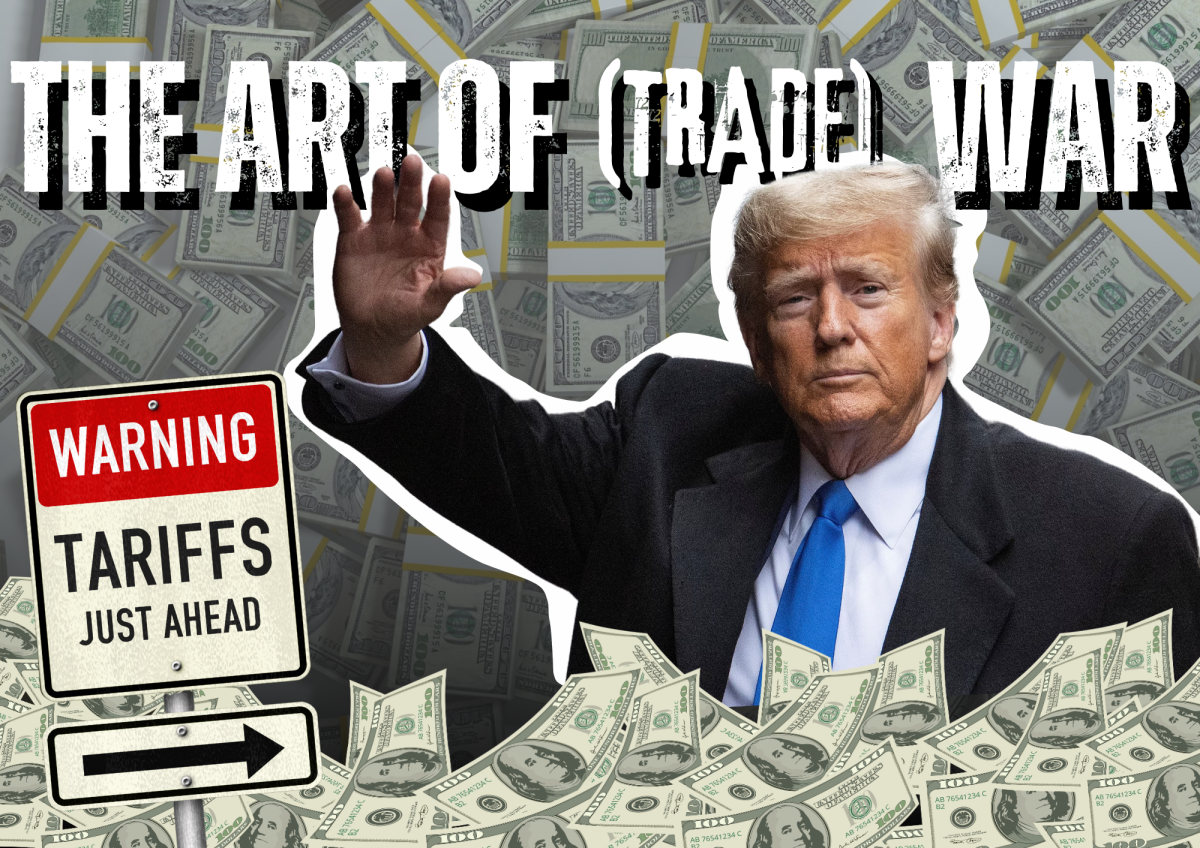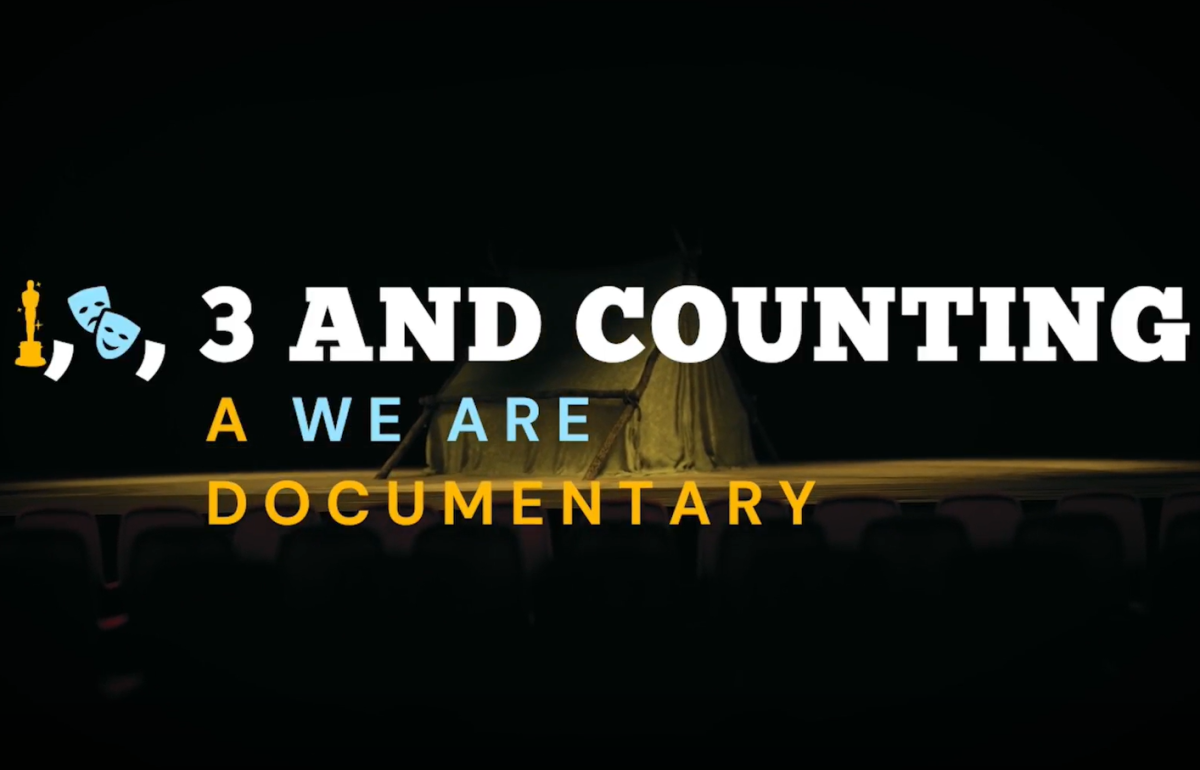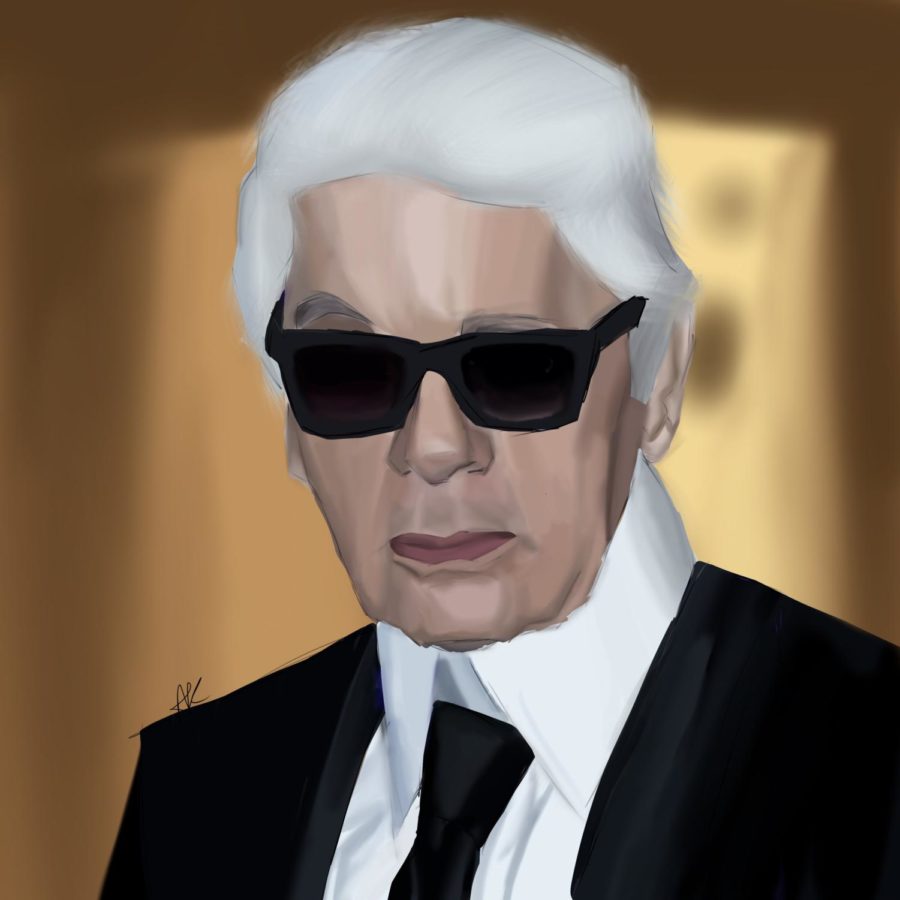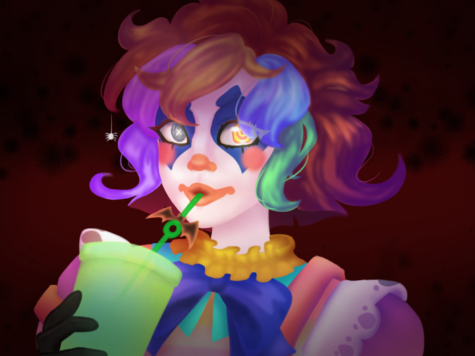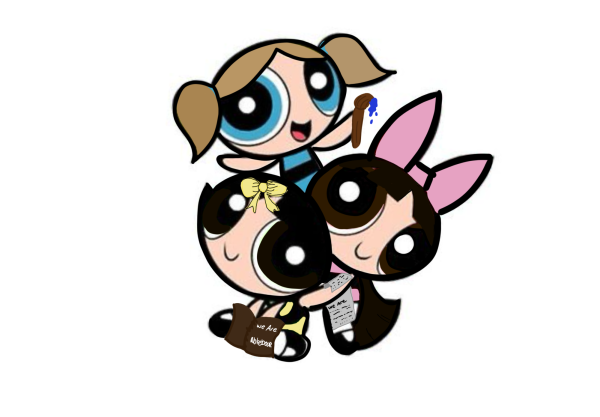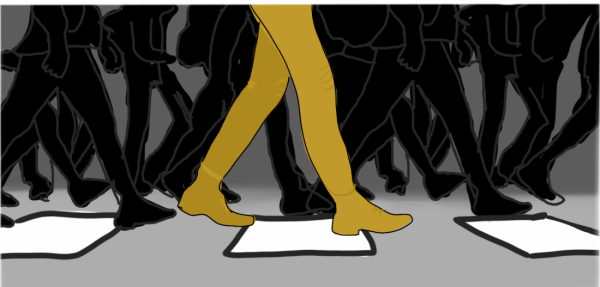Karl Lagerfeld: A Line of Controversy
May 10, 2023
We’re all familiar with the iconic Met Gala steps. Whether that be from their appearance in Gossip Girl, Oceans 8, or Maid in Manhattan, it’s fair to say they hold enough value on their own. But on the first Monday of May, when our social media feeds are flooding with absurd fashion, far-fetched red carpet beefing theories and awkward interview moments (feel for you Stella <3), do we ever stop and appreciate the history of what is now known as the biggest night on the fashion calendar? Do we ever feel intrigued to discover what lies beyond the razor points of red-bottomed stilettos, where the theme of the night originally got its praise? ‘Karl Lagerfeld: A Line of Beauty’ seems to hold more importance and controversy than many let on, so let’s undress the true meaning behind this year’s theme and delve into the history that has shaped the prestigious event into the notorious night we know today.
The Metropolitan Museum of Art:
In 1866, a group of Americans in Paris agreed to create an art gallery and bring it back to the USA with the aim of bringing art and education to the American people. In April 1870, the Metropolitan Museum of Art was established. The museum is now known to hold the largest costume archive in the world, where it documents over 150 pieces of clothing, jewellery, and accessories from the 1600s until now.
The Met Gala:
What’s now known as the Met Gala originated as a fundraiser significantly more low-key. The Met Gala was originally founded by Eleanor Lambert 80 years after the Museum’s opening to raise money for the newly established Costume Institute. The first-ever Met Gala was a midnight dinner hosted in December where tickets sold for $50 (equivalent to around $372 today). Up until 1971, the event was hosted in various venues including Central Park, The Rainbow Room, and the Waldorf Astoria.
It wasn’t until 1972 when former Vogue Editor in Chief, Diana Vreeland took charge of the Met that it gained a substantial amount of publicity. She transformed the Met into the event it’s known as today, where she influenced its transition to an elaborate, and celebrity-orientated party. It attracted guests from walks of fashion, music, business, film, and sport, where household names such as Andy Warhol, Cher, and Jackie Kennedy were selected for the extremely curated guest list. Another major change Vreeland made, was permanently switching the venue of the fundraiser to the museum itself and introducing the iconic themes to each gala.
The theme for the Met Gala is drawn from the museum’s upcoming exhibit. Guests are expected to dress in line with the theme, which proved a success for this year’s ‘Karl Lagerfeld: A Line of Beauty’ (with some taking it a little too literally… sorry Doja xx). The first theme was ‘The World of Balenciaga’ in 1973 which brought a significant influx of donations and visitors to the Costume Institute.
In 1995, Anna Wintour took over as event chairman of the Gala where she oversees the theme, guest list, menu, decorations, designers, and outfits. She created a set schedule for the event, where guests arrive on the red carpet, enjoy a cocktail hour, and have dinner while select entertainers perform. There’s a relative amount of mystery surrounding what happens within the walls of the museum as the guests tend to favour secrecy, perhaps in line with one of the many strict rules Wintour created for the night. In 2005, Wintour marked the annual date of the fundraiser to be the first Monday in May, keeping a consistent record for the fashion calendar. According to Forbes, the Gala has raised approximately $200 million for the Costume Institute, and it is predicted those numbers will only increase as more celebrities ache to get their hands on a $35,000 ticket.
Karl Lagerfeld:
The theme for this year’s Met Gala, ‘Karl Lagerfeld: A Line of Beauty’, was in honour of the late Karl Lagerfeld who passed away in early 2019. His creative spark and drive to succeed shaped his success within the fashion industry and brought a string of pearls and intricate camellias onto the red carpet this year.
Born in 1933 in Hamburg, Germany, Lagerfeld’s passion for design led him to move to Paris at the age of 14 where he learnt how to sketch. At the age of 21, his career caught wind when he won a competition for drawing a coat which summoned the attention of Pierre Balmain who hired him as a design assistant for his prestigious fashion label, ‘Balmain’.
Feeling tied down by a lack of design freedom, Lagerfeld proceeded as a freelance designer, where he would work for major clients including Valentino, Charles Jourdan, and Elizabeth Taylor. Gabby Aghion then hired him as the creative director of Chloé, where he was employed for 16 years. Upon noticing that Fendi was on the border of entering irrelevance, Karl accepted a role as creative director in hopes of saving the brand from failure. He proved successful, as he created the iconic ‘FF’ logo we are familiar with today and introduced fur as a dominant fabric within high-end fashion. He worked at Fendi until the end of his life.
Karl saw his career at Chloé come to an end when Chanel offered him $1 million to work for them, where he essentially brought Chanel back from the dead. Within the 4 decades that he was working there, he brought the design team together and created the iconic pieces still admired today, including the famous ‘CC’ flap bag. Karl Lagerfeld became the only designer to have presented 2 Haute Couture collections within the same fashion week with Fendi and Chanel.
In 1984, Karl launched his own label which proved extremely successful. He allowed his brand to be the first high-end fashion house of many to collab with H&M in 2004 where the collection was an instant sell-out. He sold the label to the Tommy Hilfiger group in 2005 but remained it’s chief creative and continued to have direct involvement in its design process. Aside from design, Lagerfeld was also passionate about photography, publishing, interior design, architecture, and blogging, and he even opened his own bookshop in Paris which still stands proudly today.
Controversial Karl:
Though a much-loved fashion icon, Karl Lagerfeld is considerably hated by many. His scandals and controversies span racism, misogyny, and Islamophobia, with his most renowned opinion being his hatred toward “fat” people.
According to Time Magazine, he often provided uncalled-for critiques of women’s bodies, “Adele is a little too fat, but she has a beautiful voice and a divine face”. In a 2009 interview, he told the German magazine, Focus, that “no one wants to see curvy women on a runway”. Karl even went on to create and publish his own book, “Diet”, which included 120 gourmet recipes, an explanation of the principles behind the diet, and how his secret skin care techniques can help keep your skin firm and lively. Upon waves of backlash, Karl continued to criticise women’s appearances unapologetically, which may have been responded to on this year’s red carpet.
Many regular attendees of the gala made no appearance this year, which is rumoured to be a silent protest against the designer and his controversial opinions. While some hid, others, like Viola Davis, took an opportunity to publicly stand up to Karl when she wore a hot pink Valentino dress to which Karl would respond, “think pink, but don’t wear it”, being that it was his least favourite colour.
Though the aim of 2023’s Met Gala theme was to honour Karl Lagerfeld and his successful and influential career, many raise points that if he were still alive, he would not have enjoyed nor approved of the celebrities and their fashion. Many find this powerful, while others find it offensive.
Would you have attended in honour of the late fashion icon?

